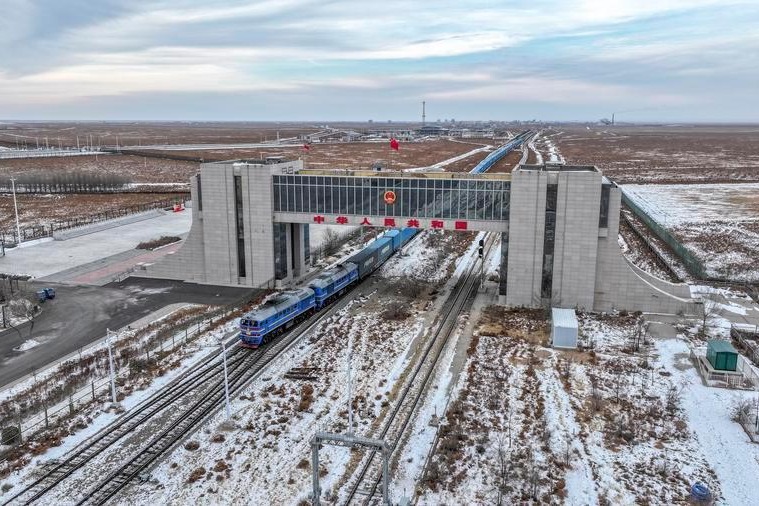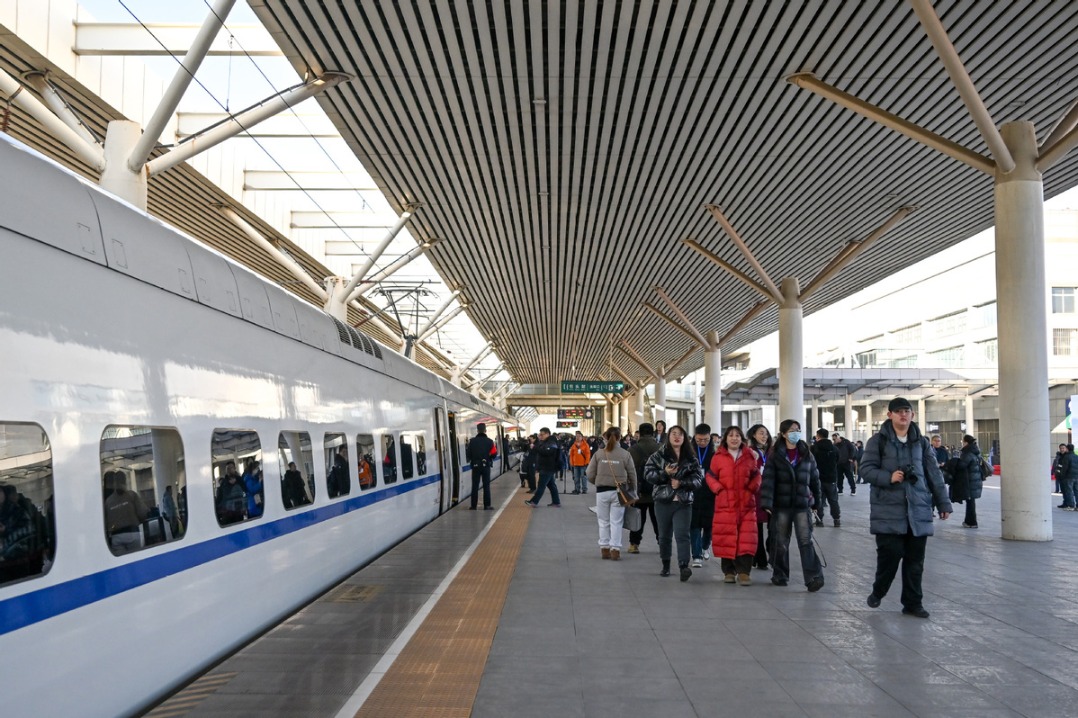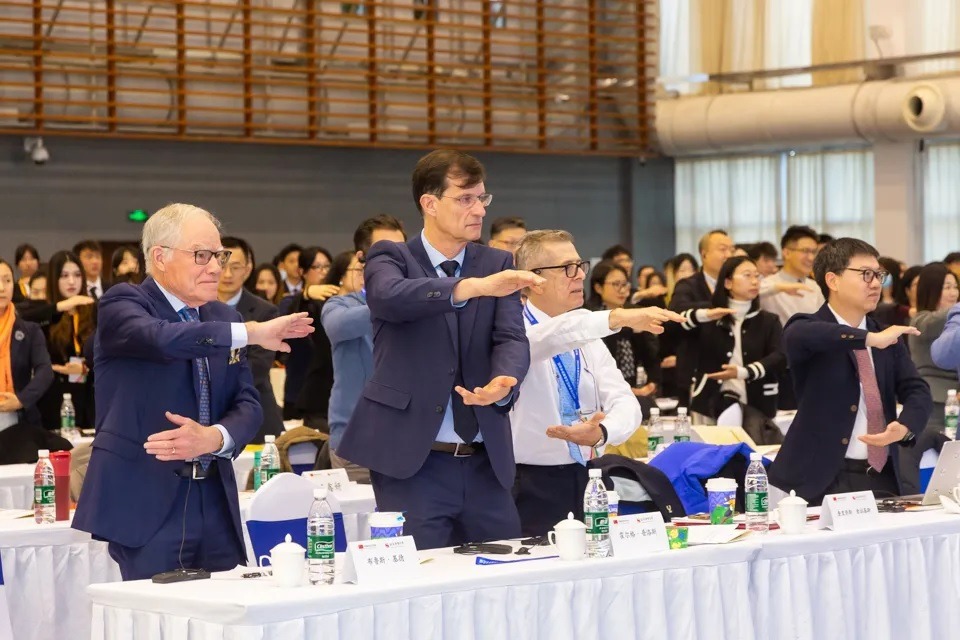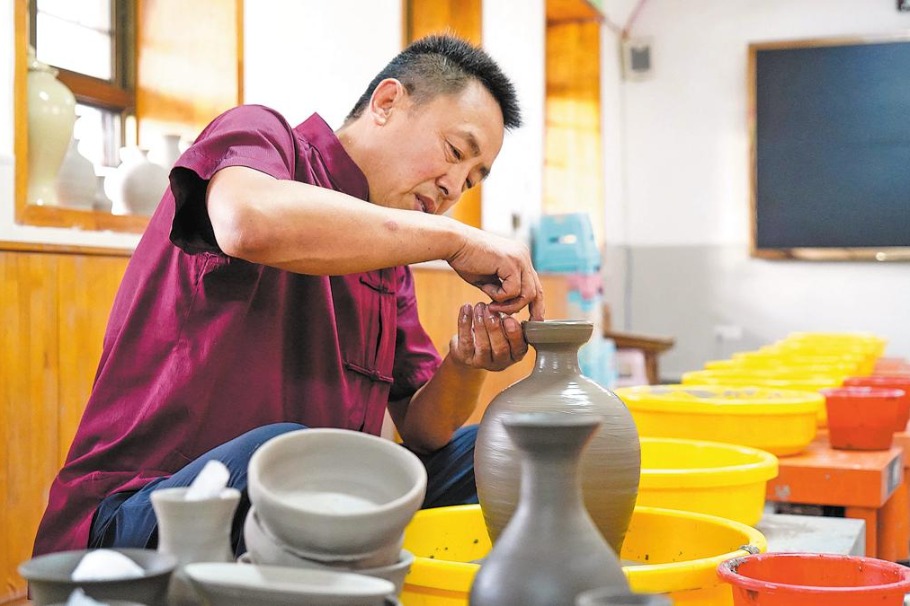Two million disadvantaged families to benefit from home renovation

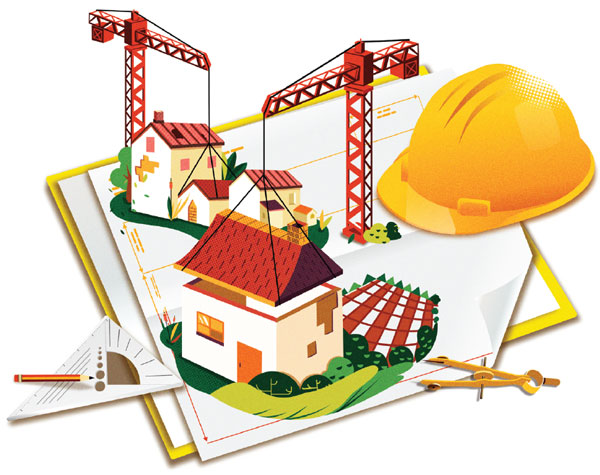 National campaign will see major work carried out on dwellings for key groups
National campaign will see major work carried out on dwellings for key groups
China will proceed with its national campaign of renovating dilapidated houses for the remaining 2 million families categorized as poor and other key groups by 2020, including families with members who are disabled.
The goal was disclosed in a three-year action plan released by the Ministry of Housing and Urban-Rural Development and the Ministry of Finance last week.
The campaign covers four key groups: poverty-stricken families, families categorized as on a minimal living standard, families earning incomes lower than the local minimum, and families with members who are disabled.
The action plan aims to ensure that the country's last section of disadvantaged families, including the 2 million registered as poverty-stricken, can move into refurbished houses before China accomplishes its mission of lifting its population out of poverty and building a moderately prosperous society.
The document asks for a stricter process to identify families that can qualify, requiring the housing and urban-rural development authorities to work with departments in charge of poverty relief, civil affairs and managing people with disabilities, to recognize the right groups.
Precise records should be made for every single family that receives subsidies in the renovation plan, and dilapidated houses must be renovated to a standard in line with local conditions. All houses have to be reviewed before completion, the document said.
The renovation campaign, which started in 2008, has helped more than 20 million poverty-stricken families to build new homes up to 2016. According to the 2017 Statistical Communique on National Economic and Social Development by the National Bureau of Statistics, China completed renovation of dilapidated houses for 1.52 million families, who used to live below the poverty line, last year.
Subsidies fluctuate for different regions, mostly ranging from 2,000 yuan ($290) to 20,000 yuan, depending on the economic situation of the families and the original condition of their homes. Families in Western and Central China are endowed with higher subsidies than those living in eastern areas. For example, the Tibet autonomous region has subsidies from 15,000 yuan up to 25,000 yuan, because of the higher cost of building new homes.
The renovation plan was welcomed by disadvantaged families, such as Zheng Fang, a 26-year-old primary school teacher in Yuexi county, Anhui province.
Zheng said her family was one of the beneficiaries and was given a 20,000-yuan subsidy to refurbish their house five years ago when she was still a college student. As traditional farmers, her parents spent all their earnings on her study at university, and had insufficient funds to refurbish their house that was built with mud bricks in the year she was born.
"I hoped my parents could move into a better home and encouraged them to build a new one," the teacher said. "The 20,000 yuan came to our aid at the right time, though many will think it's not that much. But it helped my dream come true."
Cai Jiawen, head of Zheng's village in the Dabie Mountains, said many people in rural areas have built new houses, but some cannot. Therefore, the renovation campaign can help narrow the gap between villagers and promote social fairness, he said.
Li Chang'an, a researcher at the Institute of Economics at the Chinese Academy of Social Sciences, said housing renovation is a key part of China's poverty relief campaign.
The two ministries emphasized reviewing of applicant families in the action plan as they used to do, showing the importance attached to precisely targeted families and further reducing costs, Li said. Needy families should be included into the housing renovation campaign, Li said. If not, those who really need the aid will miss out on the favorable policies, leading to inequality, he said.
Meanwhile, the action plan set strict requirements concerning quality of location, structure, anti-earthquake reinforcements and construction materials. The researcher Li said the quality requirement for housing renovation not only meets the demands of beneficiary families but also is necessary to maintaining poverty relief as a sustainable process.
- Land supply key to pushing recycling trade
- China's new reusable rocket makes debut flight in Jiuquan
- Social security covers more gig workers
- AI-powered cyberattack on Kuaishou exposes need to bolster defenses
- China-Mongolia border port sees rise in cross-border traffic
- Symposium on study of Xi's discourses on civil affairs work held in Beijing
















